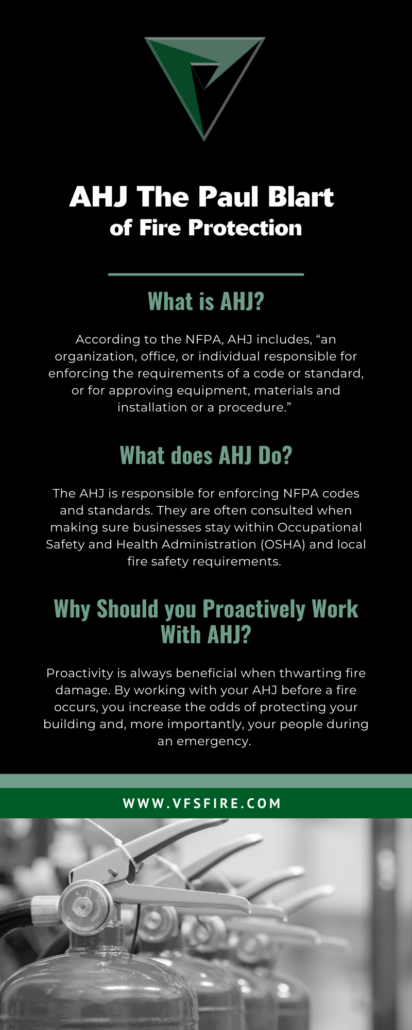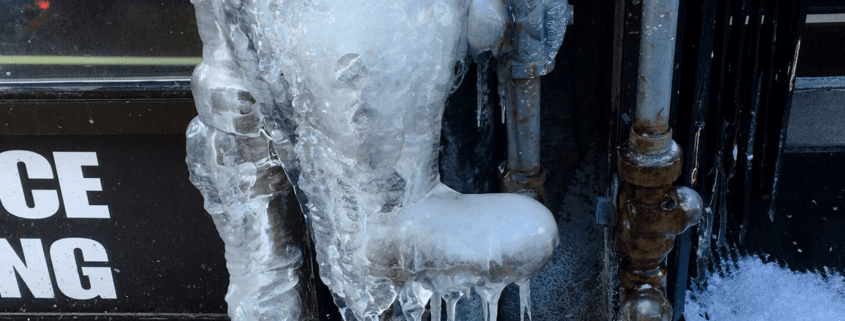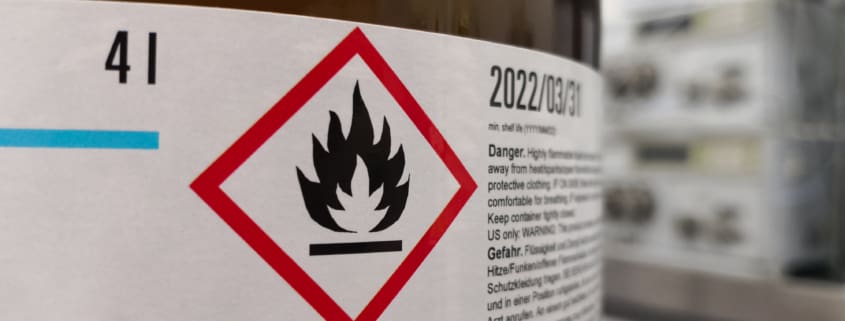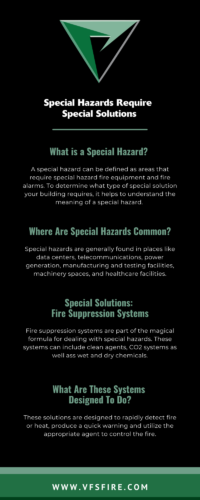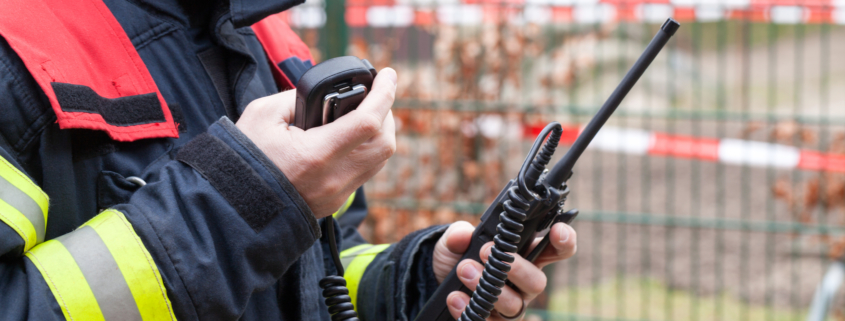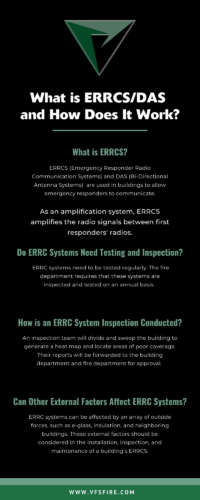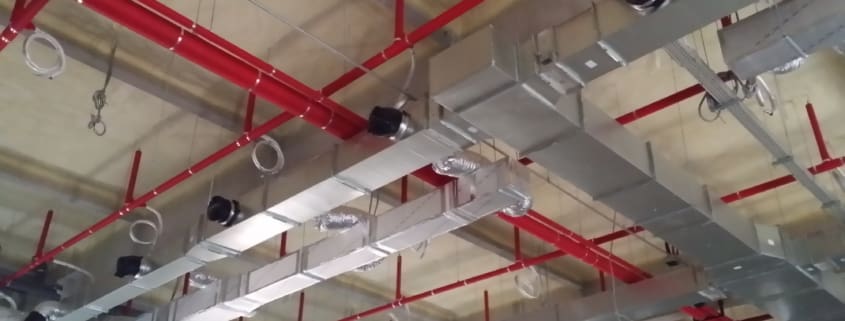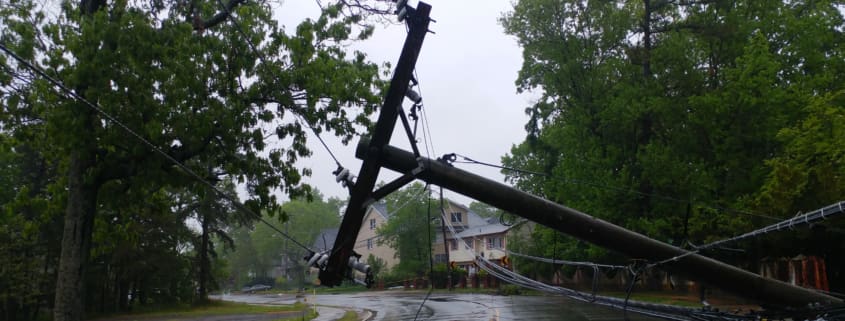VFS Fire and Security highly recommends implementing special solutions into your fire safety plan to tackle special hazards.
To determine what type of special solution your building requires, it helps to understand the meaning of a special hazard. Let’s dive in!
What is a Special Hazard?
A special hazard can be defined as areas that require special hazard fire equipment and fire alarms.
Building owners should note that special hazards are not specific fire hazards that occur as a result of certain situations or triggers, such as a flammable liquid being too close to a heat source.
In fact, a special hazard can be a building, area, room, or a piece of equipment. NFPA Code 470 highlights hazardous materials standards for responders. A special hazard is anything from a building, material, or piece of equipment that can cause a fire in an abnormal way.
From a fire protection perspective, certain industries bring about additional challenges in the fire safety realm.
Where Are Special Hazards Common?
Special hazards are generally found in places like data centers, telecommunications, power generation, manufacturing and testing facilities, machinery spaces, and healthcare facilities.
A typical fire alarm and sprinkler system simply won’t cut it for these types of buildings.
Special Hazard Solutions
Special hazard solutions include smoke, fire, and heat detection and control supported by a fire suppression system. This system will typically use a dry suppressant agent.
These solutions are designed to rapidly detect fire or heat, produce a quick warning and utilize the appropriate agent to control the fire.
Types of Special Hazards
Let’s review some of the types of special hazards so you know what to expect and if you’re protected.
Oil Fire
An oil fire is an example of a special hazard that requires a special solution. UCLA Health lists an oil fire as “Class B.” This includes, “flammable liquids such as alcohol, ether, oil, gasoline, and grease, which are best extinguished by smothering.”
Oil fires often start in commercial kitchens, areas where spontaneous combustion can occur, or areas where high-temperature work is done. Learn more about the hazards of kitchens in our blog, “Kitchens: More than a place to steal your coworker’s lunch.”
Because kitchens are such a hot spot for hazards, the NFPA requires many inspections and equipment guidelines to help prevent oil fires from occurring. NFPA Code 31 is listed as the Standard for the Installation of Oil-Burning Equipment, which provides the starting point for special solutions.
How to Extinguish An Oil Fire
In the event of an oil fire, DO NOT use water. We repeat, DO NOT ATTEMPT TO USE WATER. Adding water to an oil fire will make the fire grow and become a greater danger. This is where the difference between fire suppression vs. fire sprinklers is important to understand.
Special Solutions: Fire Suppression Systems
Fire suppression systems are part of the magical formula for dealing with special hazards. Let’s review some of the systems that VFS specializes in.
Clean Agents
Clean agent fire suppression is a term used to describe the use of inert gasses to extinguish a fire. These systems have three main components:
- Smoke Detector
- Control Panel
- Notification Devices
When a smoke detector is triggered, it sends a signal to the control panel which alerts the notification devices, activating the release devices to suppress the fire.
How Do Clean Agents Work?
Clean agent fire suppression systems are fast-acting and most effective at protecting sensitive equipment and environments because they are designed to suppress the fire in its incipient stage. They are electronically nonconducting and unlike water, they won’t ruin electronics or electrical components.
They are most often found in server rooms, record and file repositories, and data centers that require an increased level of protection to prevent unnecessary and accidental discharge of systems.
Extra Information on Clean Agents
Inert gasses: Nitrogen, argon, and carbon dioxide work together by lowering oxygen content in a room below the level that supports combustion, while still allowing a person to breathe keeping your environment and your personnel safe.
Fluorocarbon-based extinguishers are described as “clean agents” as they do not leave any oily residues, particulates, or water damage and rapidly extinguish fires with a superb weight to effectiveness ratio.
These extinguishing agents are also safe to use in occupied spaces and offer unique advantages in speed, performance, and safety.

CO2 Systems
C02 is an effective method of extinguishing a wide range of flammable and combustible materials in both surface and deep-seated fires. Carbon dioxide is a colorless and odorless three-dimensional clean agent. It is typically harmless to equipment, materials, and property preventing excessive damage to equipment and your facility in the event of a discharge.
How Do CO2 Systems Work?
There are high and low-pressure CO2 systems. High-pressure systems use individual storage cylinders ranging from 35 lbs to 120 lbs. Low-pressure C02 systems are ideal for non-occupied fire hazards requiring large amounts of extinguishing agents in a limited space.
Wet Chemicals
Extinguishing methods of wet chemical suppression systems are specific to the type of cooking fire that may occur in a commercial kitchen. When triggered, the system immediately discharges a liquid that, when sprayed onto the fire, cools the flames almost instantaneously.
When this liquid comes into contact with oils and fats, it creates a foam that cools the affected area and prevents the spread and the potential of reignition.
Dry Chemical
Dry chemical is a type of fire protection system that makes use of a dry chemical powder to extinguish a fire. Most dry chemical fire suppression systems use a large tank that is filled with dry chemical powder, which is then pressurized.
A Final Note
If your business functions in one of the environments discussed above, ensuring that you have special solutions to protect against special hazards is imperative.
For more information, check out our fire protection solutions, here.
Read on to learn more about the five classes of fire and how to suppress them, here.
